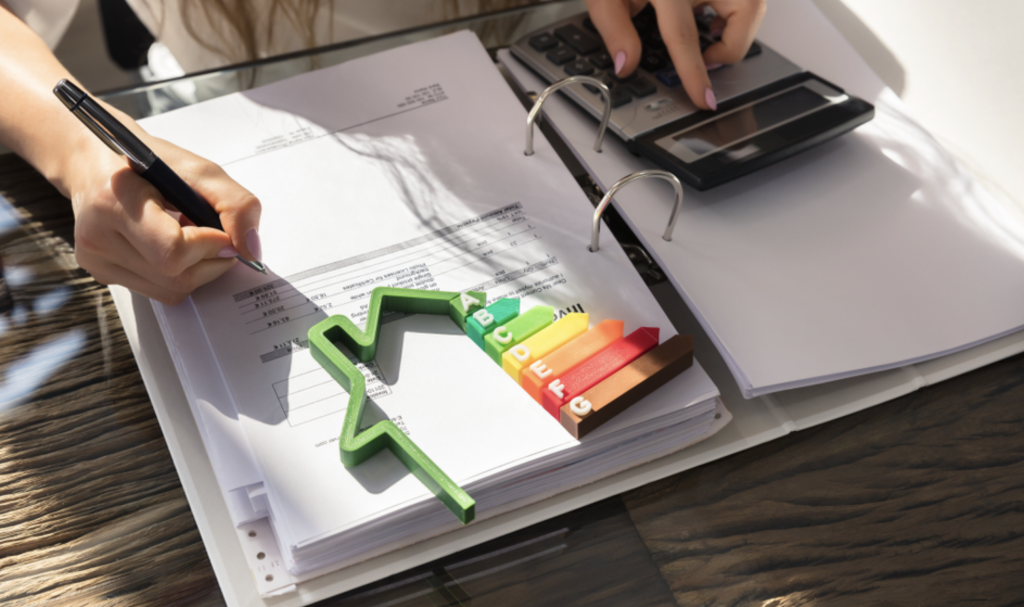Lately, you’ve noticed your energy bills creeping up, even though you haven’t changed how you use power in your home. Or, maybe you want to make your house more energy-efficient or get it ready for sale on the real estate market. Either way, a home energy audit gives you vital insights into your property’s energy usage.
You don’t always have to hire a professional for energy audits. A simple DIY audit gives you a general idea of how efficient your home is and what to do to avoid wasting energy (and money) on unnecessarily high energy bills. Learn how to identify areas of your property that may need some electric TLC with these tips.
Inspect Your Insulation
Homes lose a lot of energy through poorly insulated pipes, attics, basements, and walls. Insulation gaps let air from your HVAC system escape and invite drafts inside your home. Grab a flashlight and head up into your attic. Attic insulation works best when spread evenly without low spots. If you see insulation level with or below the floor joists, you probably need another application.
Flashlights also help you inspect wall insulation. After shutting off the power and removing outlet covers, shine the flashlight beam around the outlet box to inspect the insulation. If you notice gaps, let a professional follow up with a more in-depth inspection.
Check Your Heating and Cooling Ductwork
Your home’s HVAC ductwork should connect to the unit itself and all other ducts winding through your property. Activate your system and light a stick of incense or hold up a toilet paper square to duct connections to check for leaks. If you find a leak, use expanding foam or caulking to seal them, or use a grease pencil to mark them for a professional to take care of.
You can also test your ductwork’s efficiency by cracking open a window or door a couple of inches and activating the AC or heater blower. Feel around the window or door for infiltrating drafts. If you sense air coming in from outside, you’re probably losing indoor air pressure because of a duct leak.
Make Your Plumbing System More Efficient
Your home’s plumbing could use more water and energy than necessary if you don’t have low-flow fixtures for sinks, toilets, and shower heads. Not to worry, because switching to low-flow fixtures doesn’t mean sacrificing water pressure. Aerating and laminar showerheads reduce water waste while providing a strong stream of water.
Reducing your water temperature also lowers your utility bills and makes your home more efficient. The Department of Energy recommends setting your water heater at 120 degrees Fahrenheit. Use a kitchen thermometer to test your current temperature, and adjust it if it’s higher than the recommended setting. You may not notice much of a difference in the quality of your showers if you lower the heat, but you’re sure to see a change in your water and energy bills.
Inspect Your Windows
Summer sun streaming through windows lights up your home, but it can also light up your bills. Cover or shade windows to keep ambient heat from warming your home’s interior. For a different look, use solar screens or awnings to block out the sun.
When temperatures drop, reverse this tip. Remove the shades from your windows and let the winter sun warm your home.
Check for Air Leaks
Carefully inspect baseboards, window frames, electrical outlets, and doors for air leaks. Hold up a stick of incense or a piece of string in front of these areas. If you see movement, use weather stripping, caulking, or switch plate insulation.
A simple DIY home energy audit is a great way to discover energy-saving opportunities and use power more efficiently in your home. Conduct one to understand your energy usage better.




